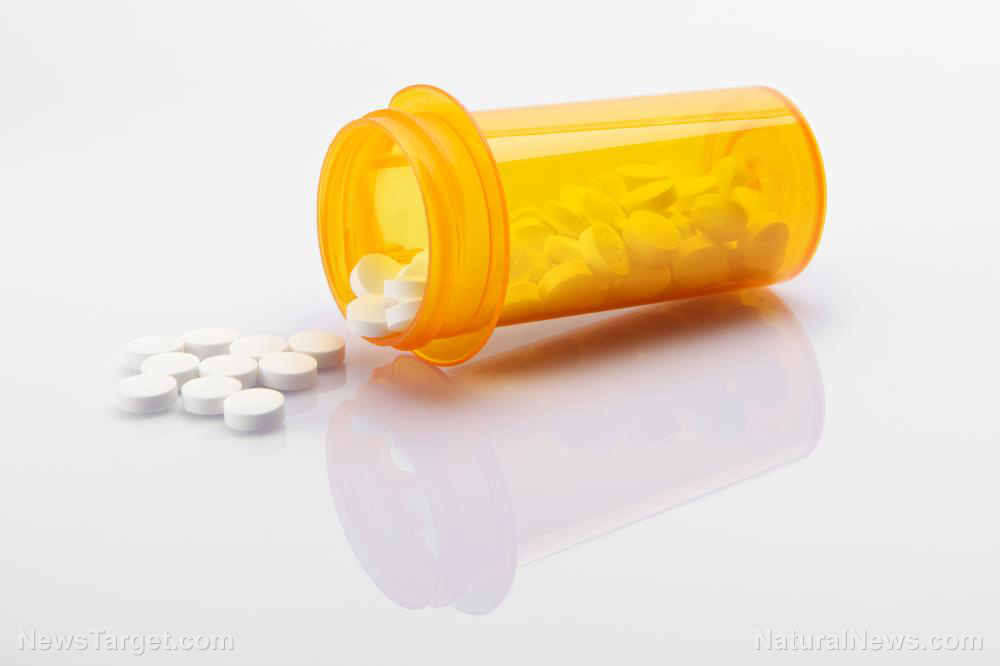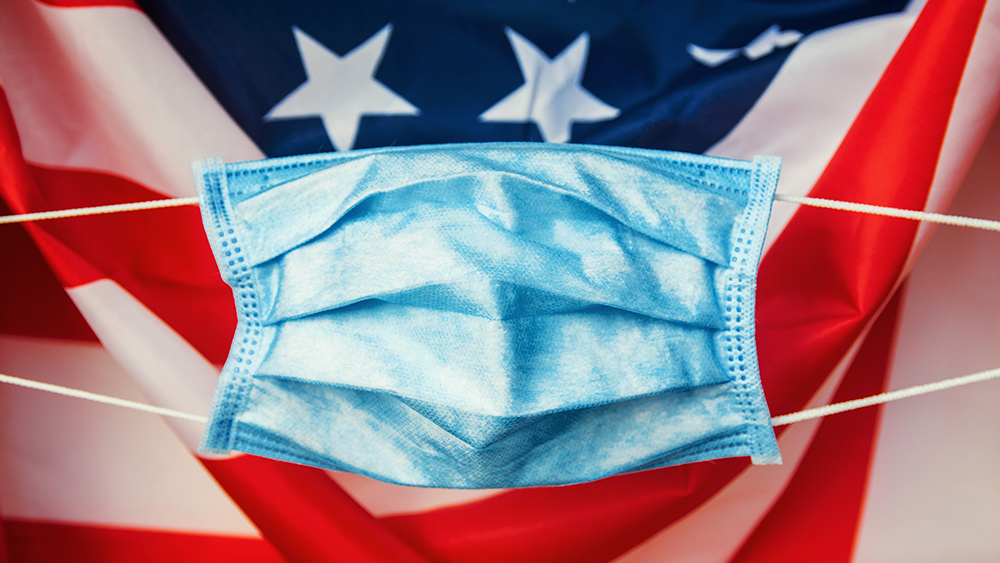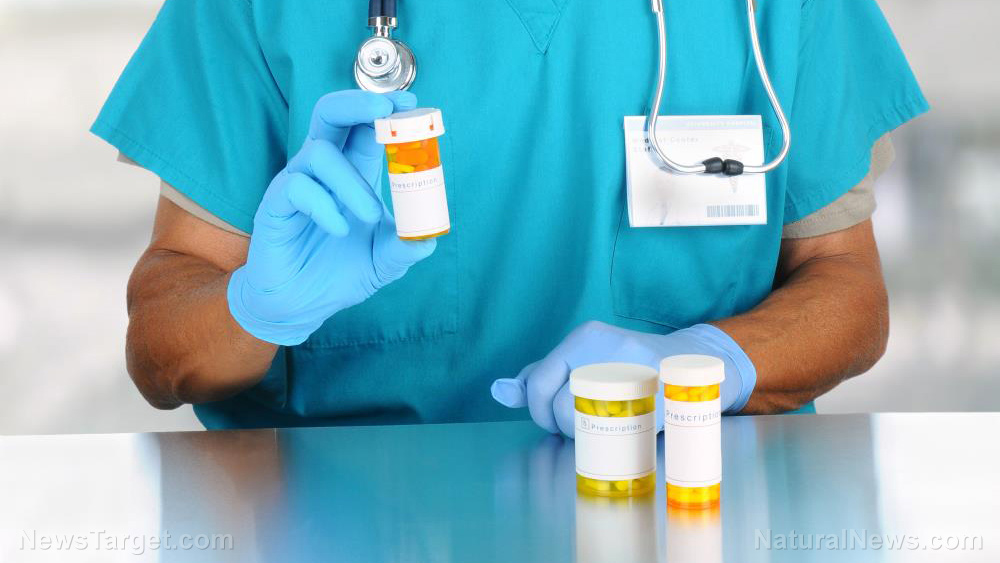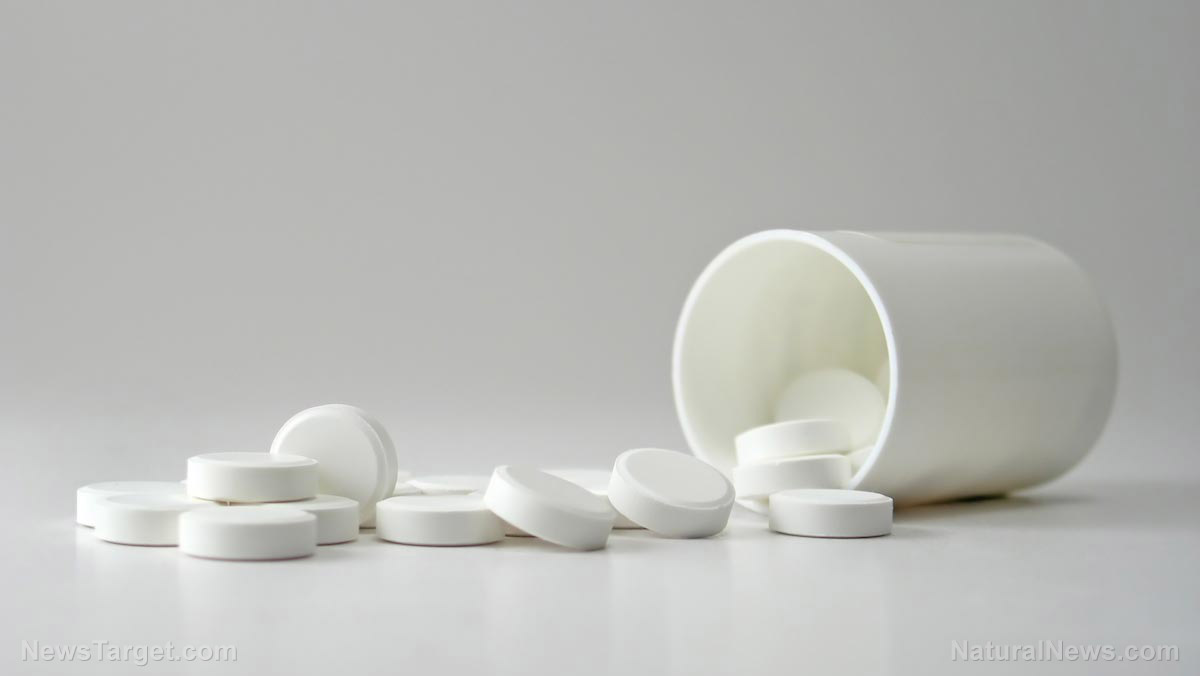Experts predict coronavirus to remain a problem even if a vaccine works
09/16/2020 / By Franz Walker

Even as countries around the world rush to develop a vaccine for the Wuhan coronavirus (COVID-19), the disease will likely remain a challenge for years to come. Though a vaccine may provide some measure of protection if it works as the discredited vaccine industry claims it should, scientists and pharmaceutical experts predict that the virus is likely to flare up from time to time, similar to the flu and other pathogens.
“We know this virus is not going away any time soon. It’s established itself and is going to keep on transmitting wherever it’s able to do so,” stated Soumya Swaminathan, chief scientist for the World Health Organization (WHO) at an event hosted by Bloomberg. “We know we have to live with this.”
Despite the grim prediction, however, stocks of pharmaceutical companies working on the vaccines are on the rise as investors look to cash in on what looks to be one of the most lucrative markets since the 2000s dot-com boom.
General public might not even get the vaccine until next year
According to a WHO report, released Thursday, August 13, there are currently 29 different COVID-19 vaccines in human trials around the world.
The rush to rapidly develop and test vaccines has potentially cut years off the time before one will be ready; however, the first round of inoculations will most likely go only to health-care workers and high-risk populations. The general public will have to wait until sometime next year to get vaccinated.
“The longer you wait, the more knowledge you’re going to have on the vaccine,” Novartis CEO Vas Narasimhan said. “With reasonable confidence, we could have a safe and effective vaccine before the end of next year that could be used broadly.”
Russia already claims to have a vaccine ready. Called “Sputnik V,” the Russian vaccine is set to be deployed for medical workers either at the end of August or the start of September. However, clinical trials for it will continue even after it’s out in public.
Following Sputnik V, the two furthest along vaccines are those in development by Pfizer Inc. and by the University of Oxford. The latter, which is being developed with help from drugmaker AstraZeneca is being tested in the U.K. in a 10,000-person trial set to run for as long as a year gathering results. (Related: WHO: Vaccines are always safe and effective, unless they’re made in Russia.)
“We don’t yet have clarity on the timelines for those trials,” said Sarah Gilbert, the Oxford professor who’s leading the development of their vaccine. Gilbert warned against early looks – a process called unblinding – into the trial as these can taint the results.
“We can’t have multiple looks at the data,” she said.
Pfizer has said that it wouldn’t rush into an early look.
“We won’t unblind the study too early,” said Pfizer’s head of vaccine research and development Kathrin Jansen. “If we are successful, yeah, we can declare success early.”
Investors are still betting big on vaccines
Even as most vaccine developers remain cautious about their timelines, the progress that’s been made in their development has heated up global stock markets.
On Thursday, shares on China’s CanSino Biologics surged by as much as 127 percent on the company’s first day of trading on Shanghai’s NASDAQ-like Star Market. This came after it raised RMB 5.2 billion ($748 million) during a secondary offering. In addition, CanSino’s Hong Kong-listed shares more than tripled since the start of the year, driven by optimism about the development of its own COVID-19 vaccine.
Meanwhile, earlier this week, Germany’s CureVac announced that it planned to raise up to $245 million on NASDAQ to accelerate the development of its COVID-19 vaccine.
Months into the ongoing pandemic, companies around the world are trying to tap equity investors for funds to help fight the coronavirus. A vaccine is “the most discussed topic by far across the investor community,” according to Fabian de Smet, global head of equity syndicate at Berenberg.
“It’s like saying ‘www.’ in 2000,” he added.
Government and big pharmaceutical companies are also vying for shares. In July, Germany’s federal government stated that it would acquire a 23 percent stake in CureVac to prevent a foreign takeover of the company. This came after multinational GlaxoSmithKline agreed to pay £130 million ($170 million) for nearly 10 percent of the latter.
The dotcom analogy also highlights the risks of investing in vaccine stocks. Some investors are pouring money into companies even though they have yet to show anything.
“CanSino looks deeply speculative at this point – no profit, deep tech hype, abundant risk, but at premium valuations,” warned Brock Silvers, chief investment officer of Adamas Asset Management in Hong Kong.
Silvers added that CanSino is nowhere close to the lead in China’s vaccine race. Rivals Sinovac Biotech and the state-owned Sinopharm Group have already had their vaccine candidates approved for phase three trials. CanSino’s, on the other hand, experienced mixed results in its phase two trial.
Chinese pharmaceutical companies are also experiencing problems testing their vaccine candidates. While they had the early lead in their development, they’ve had to increasingly conduct final stage trials in other countries, given that China seems to have largely contained the pandemic. This puts them at a disadvantage compared to foreign rivals.
Follow BigPharma.news for more on how companies are trying to profit from the coronavirus.
Sources include:
Tagged Under: Big Pharma, coronavirus, covid-19, disease, Flu, infections, investment, outbreak, pandemic, stock market, superbugs, vaccines, virus
RECENT NEWS & ARTICLES
COPYRIGHT © 2017 OUTBREAK NEWS



















